The Golden Fort of Jaisalmer, Rajasthan || A thriving, pulsating mini city within the walls of the fort
I was particularly excited about Jaisalmer on our recent road trip to Bikaner, Jaisalmer, and Jodhpur. One of the reasons for this excitement was the sand dunes. I was imagining us sitting on cool sand, sipping on cold drinks, watching the sun set in the distance. And the second attraction I was excited was the Jaisalmer Fort.
Jaisalmer Fort is a living fort, which means that the descendents of the original inhabitants of the fort are still living there. As a result, within the fort walls you will find an active and thriving city with all the characteristics of old cities.
There are labyrinthine streets, shops, houses, two-wheelers, and people going about their daily lives. At times you forget that you are inside an old fort. It was charming and rustic and a very interesting place to be.
Jaisalmer Fort, also known as the Golden Fort, is a UNESCO World Heritage Site located in the city of Jaisalmer, Rajasthan, India. It is one of the largest forts in the world and is also known as the "Sonar Quila" or "Golden Fort" because of its yellow sandstone walls. The fort was built in 1156 AD by Rajput ruler Rawal Jaisal, and it has been in continuous use since then.
The fort is built on top of a hill and covers an area of around 30 acres. It is surrounded by a 10 km long wall, which has 99 bastions and four main gateways. Inside the fort, there are several palaces, temples, and havelis (traditional Rajasthani houses), many of which are now used as hotels and museums.
The fort also includes several notable monuments such as the Raj Mahal Palace, the Jain temples, and the Laxminath temple. The Raj Mahal Palace has a unique blend of Rajput and Mughal architectural styles and it was once the residence of the royal family.
The Jain temples inside the fort are considered to be some of the most important Jain temples in India and are known for their intricate carvings and sculptures.
The Jaisalmer Fort is a living fort, which means that there are still people living inside the fort. The fort is home to around 4,000 people, many of whom are from the same families that have lived in the fort for generations. These families are known as "Sons of the Fort" and they are considered to be the guardians of the fort's rich cultural heritage.
The families living inside the fort have their own houses and businesses, and many of them run hotels, shops, and restaurants for tourists. They also run their own schools, temples, and community centers, which are all located within the fort.
The fort's residents have a unique lifestyle, which is influenced by the fort's history and culture. Many of them still wear traditional Rajasthani clothes and follow traditional customs and rituals. They are also involved in the maintenance of the fort, and they are responsible for preserving its historical heritage.
Visiting the fort and interacting with the residents is a great way to learn more about the culture, customs, and lifestyle of Rajasthan, and it also provides an opportunity to see the fort from a different perspective.
The businesses that run inside the Jaisalmer Fort are mainly focused on tourism and are geared towards providing visitors with a unique and authentic experience of the fort and the culture of Rajasthan.
Some of the most common businesses you will find inside the fort are hotels and guesthouses. Many of the traditional havelis (large townhouses) inside the fort have been converted into hotels and guesthouses, providing visitors with a unique and authentic experience of staying inside the fort. There is also a Zostel that looks quite charming.
Apart from the hotels and guesthouses, there are also a number of restaurants inside the fort that serve traditional Rajasthani cuisine. Some of these restaurants are located inside converted havelis and offer a unique dining experience. There is a Rajput side of the fort (close to Rani Mahal) where you can find restaurants serving non-veg dishes. On the Brahmin side of the fort, there are some really good vegetarian eateries.
There are a number of shops inside the fort that sell traditional Rajasthani handicrafts, jewelry, textiles and souvenirs. These shops provide an opportunity to purchase authentic Rajasthani products and also make for a great browsing experience.
There are also several tour operators and guides who provide visitors with tours of the fort and the surrounding area, as well as information on the history and culture of Rajasthan. Some of the residents of the fort also run cultural centers where they teach traditional art forms such as music, dance, and painting to visitors.
The fort is known for its impressive walls, which are made of yellow sandstone and stand up to 30 meters (98 feet) high. The walls of the fort were built in the 12th century by the Rajput ruler Rawal Jaisal, and they have been well-preserved over the centuries.
The walls are up to 3 meters (10 feet) thick in some places, making them highly effective in protecting the fort from invaders. The walls of the fort are adorned with intricate carvings and sculptures that depict scenes from Rajasthani folklore and legends. There are also a number of bastions (towers) located along the walls, which were used as lookout points and as a last line of defense against invaders.
Inside the fort, there are several gates that lead into the fort, the most famous of them is the "Suraj Pol" or "Sun Gate" which is the main entrance to the fort. The gates are adorned with intricate carvings and sculptures and are highly decorative.
The fort walls also have 99 bastions, which were used for defensive purposes, also known as "merlons" which are the solid parts of the battlements between the crenels (the gaps or openings in the battlements).
Visitors to the fort can walk along the walls and enjoy the views of the surrounding city, as well as the many carvings and sculptures. The walls of the fort are also well-lit at night, providing a spectacular view of the fort and the city. The Jaisalmer Fort walls are considered as one of the most impressive and well-preserved examples of Rajput military architecture and are a must-see for anyone visiting Jaisalmer.
We had headed to the walls to watch the sunset. There are several great spots inside the Jaisalmer Fort from which to watch the sunset. Some of the most popular options include the rampart, along which visitors can walk and take in the views of the surrounding city and desert landscape as the sun sets.
You can also watch the sunset from Tilon ki Pol. This is a gate in the fort that offers a panoramic view of the city and the desert. This is one of the best spots to catch the sunset. The bastions of the fort also offer great views of the sunset, and are a good option for those who want to avoid the crowds.
The Jain temples inside the fort are also a great spot to watch the sunset, as they offer a peaceful and serene environment. Or you could simply head to the terrace of your hotel or guesthouse, or the rooftop restaurant you are having your evening meal at.
The Jaisalmer Fort was unlike any other fort I had ever seen. It was a living, pulsating mini-city. It's lanes and yellow sandstone walls will forever stay in my memories.
..
Related Blogposts -
 Discovering ancient history in Akal Wood Fossil Park, Jaisalmer, Rajasthan || A most unusual place full of surprises that are not all related to the bygone eras
Discovering ancient history in Akal Wood Fossil Park, Jaisalmer, Rajasthan || A most unusual place full of surprises that are not all related to the bygone eras >> The Amazing Pokaran Fort near Jaisalmer, Rajasthan || A beautiful structure that effortlessly blends with the desert landscape it is built in
>> The Amazing Pokaran Fort near Jaisalmer, Rajasthan || A beautiful structure that effortlessly blends with the desert landscape it is built in >> A short but rewarding visit to the Khichan Bird Sanctuary || How the local population of a place has made this town a safe haven for the Demoiselle cranes
>> A short but rewarding visit to the Khichan Bird Sanctuary || How the local population of a place has made this town a safe haven for the Demoiselle cranes >> Demoiselle cranes of Khichan, Jodhpur District, Rajasthan || Beautiful Birds that fly to and fro Mangolia and have found a mention in Indian mythological texts
>> Demoiselle cranes of Khichan, Jodhpur District, Rajasthan || Beautiful Birds that fly to and fro Mangolia and have found a mention in Indian mythological texts  >> Driving around the drivable parts of Bikaner, Rajasthan || Wide, clean roads with easy, laidback traffic
>> Driving around the drivable parts of Bikaner, Rajasthan || Wide, clean roads with easy, laidback traffic >> The surprising Bap Village, Jodhpur District, Rajasthan || A place to stop and stretch your legs walk around a large waterbody
>> The surprising Bap Village, Jodhpur District, Rajasthan || A place to stop and stretch your legs walk around a large waterbody >> Intricately carved Rampuria Havelis in Old Bikaner, Rajasthan || A symbol of the wealth and luxurious lifestyles of the rich Rampuria merchants since the 15th Century
>> Intricately carved Rampuria Havelis in Old Bikaner, Rajasthan || A symbol of the wealth and luxurious lifestyles of the rich Rampuria merchants since the 15th Century >> Danke ki Chot, Bikaner, Rajasthan || The perfect place for authentic, tasty, reasonable vegetarian Rajasthani food
>> Danke ki Chot, Bikaner, Rajasthan || The perfect place for authentic, tasty, reasonable vegetarian Rajasthani food







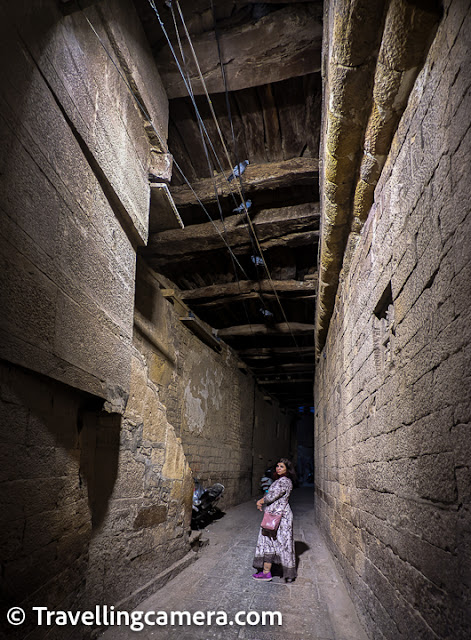

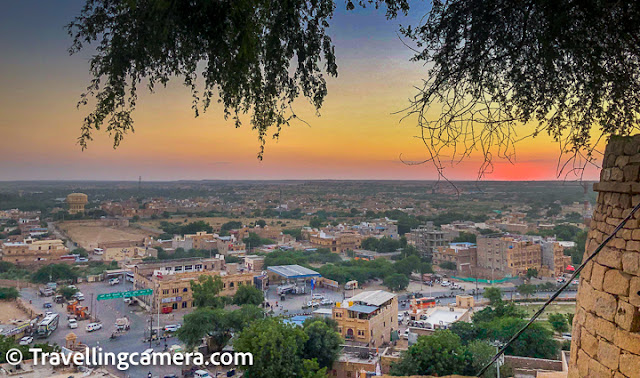


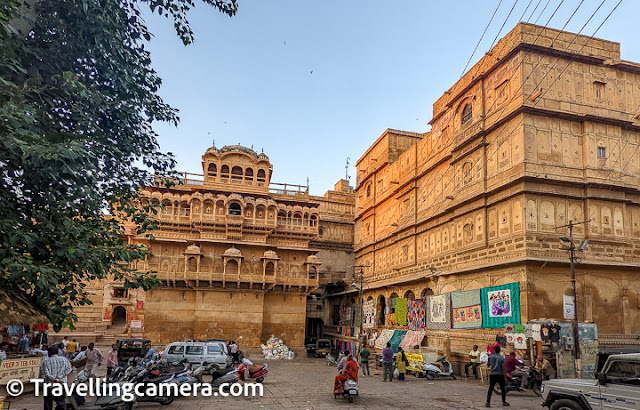

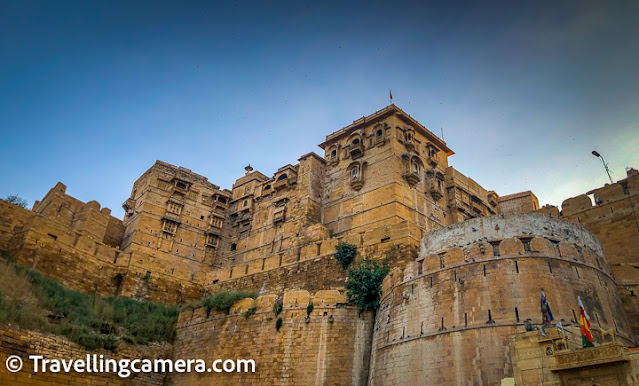

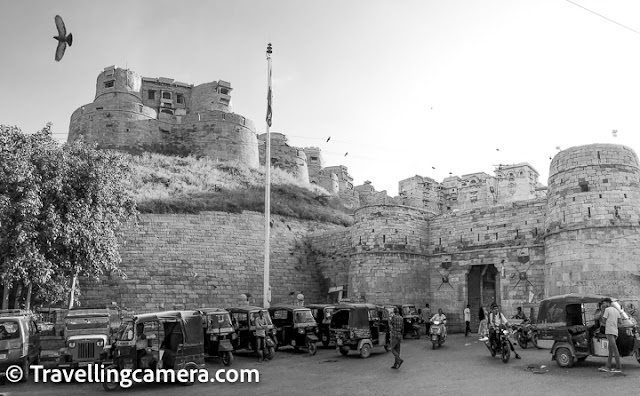







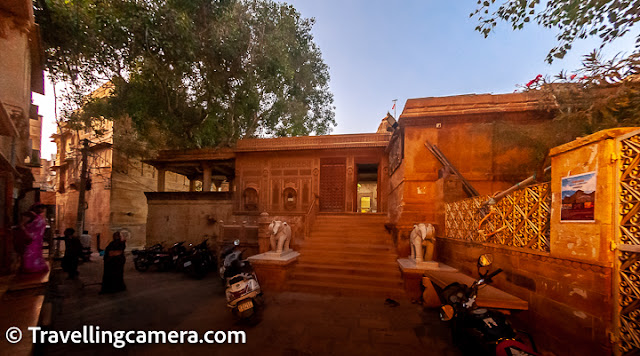


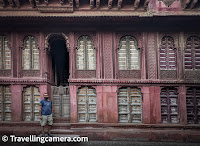

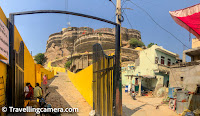


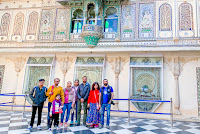











.jpg)
Comments